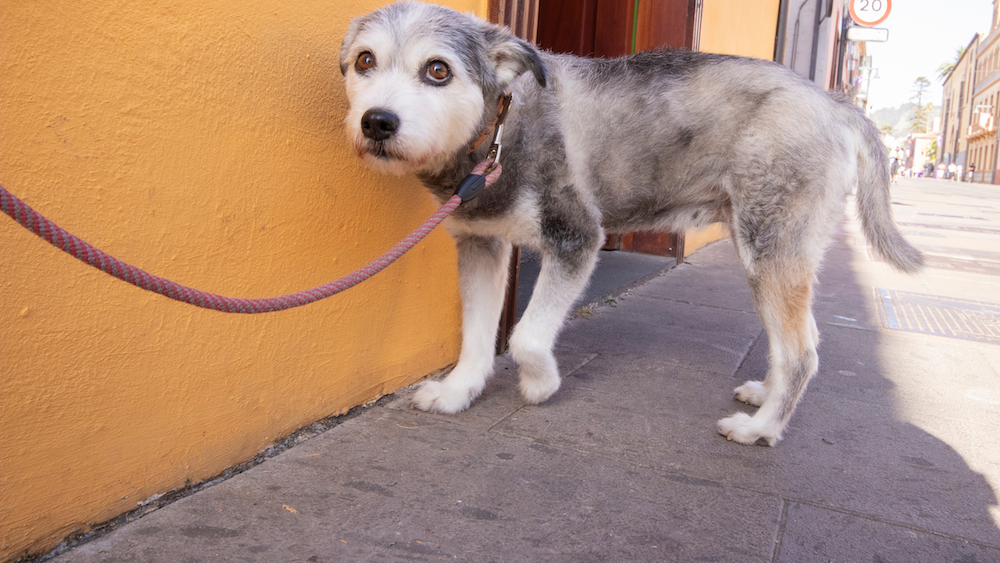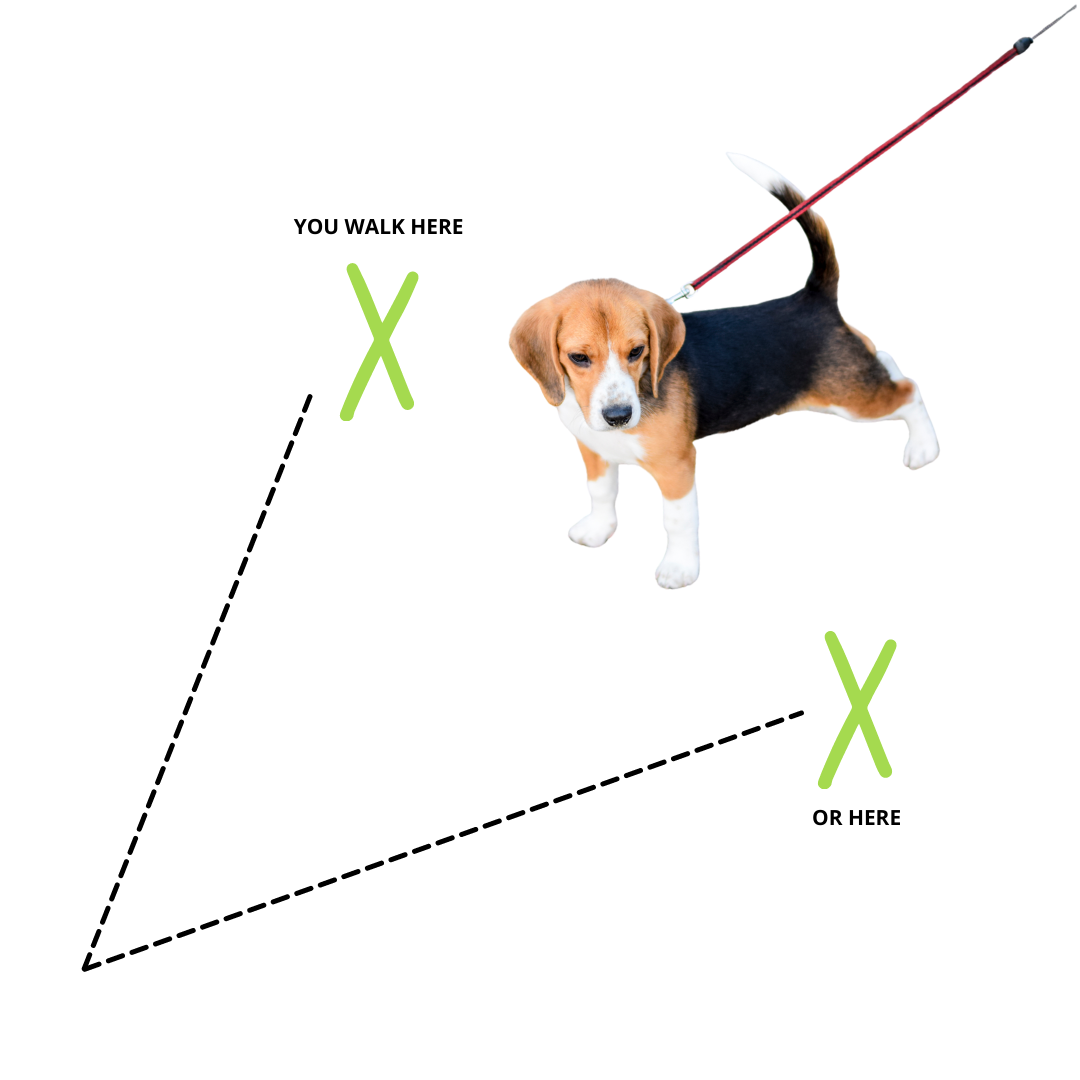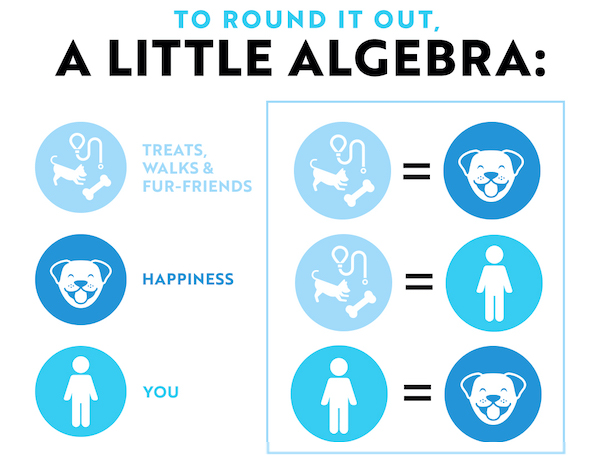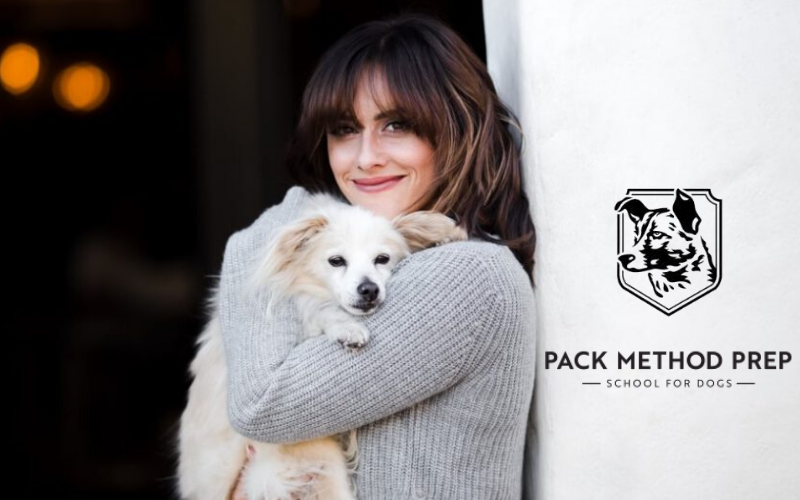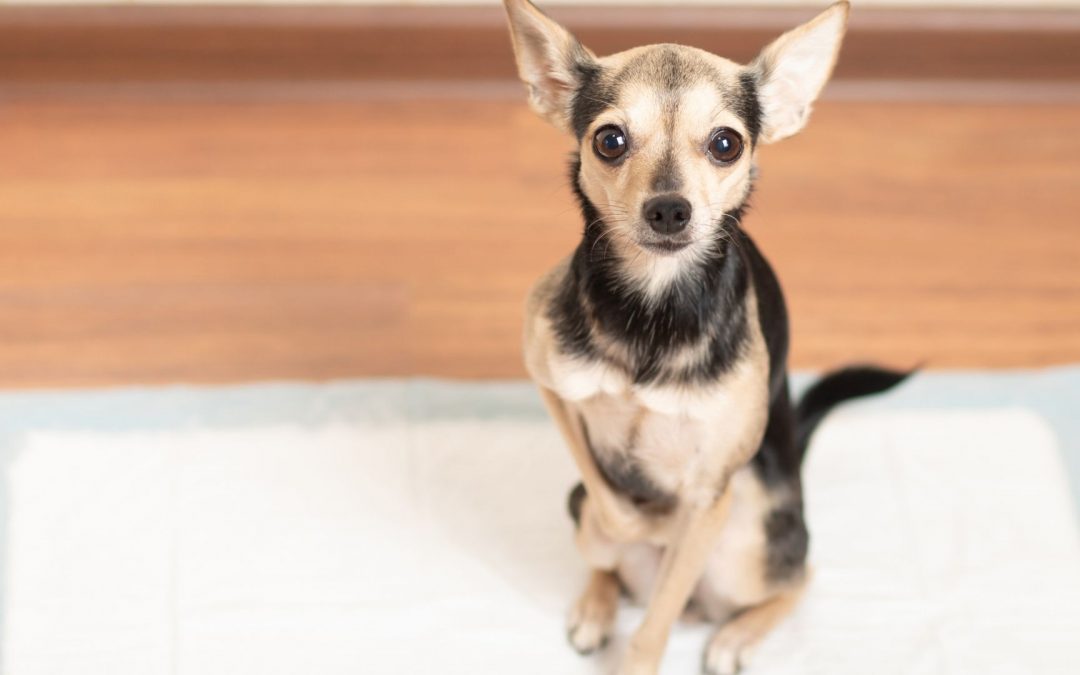
Housebreaking: 10 Steps to Success

Are you wondering how to potty train your puppy? Of course you are! This is top priority for all dog owners. Follow these 10 commandments for the best tips for housebreaking a puppy.
1. EXPECTATIONS & TIME
Dogs take anywhere from 6-8 weeks to housebreak in the best of circumstances. So settle in and don’t expect things to change overnight. The amount of time they can be expected to hold their potty during the day is roughly parallel to their age, and aging goes at its own pace regardless of your personal goals.
Daytime
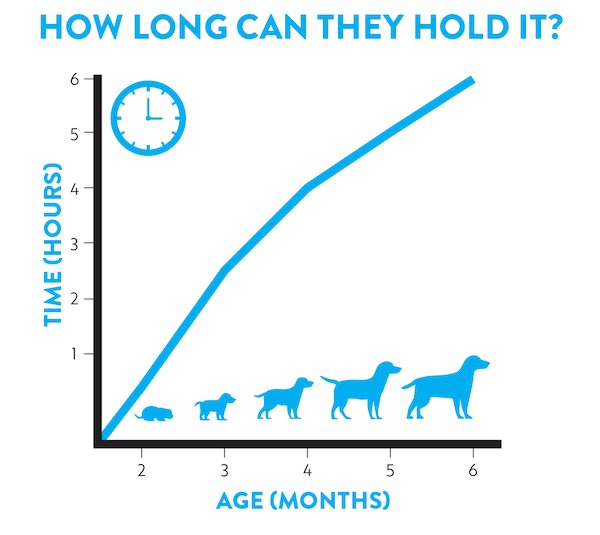
NIGHTTIME
Dogs sleep longer at night and can often sleep through the night sooner than they can hold it during the day.
A conservative estimate of when they should start sleeping through the night is 3.5-4 months.
To encourage this – cut off water 30 minutes after dinner, feed dinner between 6-7p latest, and give your pup some extra stimulation between dinner and bedtime (instead of letting them slip into a pre-bedtime food coma).
2. TRIGGERS
Sleeping
Eating
Drinking
Activity AND Stimulation
These are all precursors to potty. Is your pup new to your home? Expect them to potty more often. Did a guest just show up? Expect them to have to potty again, even if they just went out.
3. CONSISTENCY & PLANNING
Surely you have heard the phrase, Consistency is the key to success, and it is no different when training your dog.
LAYOUT & ROUTINE
You must consider the layout and routine of your potty training method and ensure everyone is managing them in the SAME EXACT WAY! For example;
- Where is crate located?
- Where are the potty pads laid out?
- Where are they taken out to potty? And how are they taken out to potty (i.e., carried, on leash)?
- What is the response for an accident? What is the response for potty in the right place?
PLANNING
Create a plan that is headed toward your ultimate goal. If you plan to have your pup potty outside, you may not want to start with potty pads. If you plan to have your dog walk to the back door, you may want to encourage them to walk there instead of carrying them there. This step is where a professional trainer can really come in handy, they can listen to your ultimate goal and help you create a plan with steps that will get you there in a way that doesn’t waste any time.
Make sure everyone in the house is on the same page!
4. RESTRICT & COORDINATE ACCESS
Freedom is earned with responsibility. Do not allow your pup access to the entire house right off the bat. Use baby gates and furniture to restrict access and then open up more and more over time.
Before opening up a new space, prepare your pup for eventual exposure.
You can do this by:
- Taking them to the new areas on leash for short stints.
- Following steps to make that space a safe zone such as feeding them there, playing with them there, etc.
Always supervise extra in a new area until the pup has proven they can follow the housebreaking protocol from that space. Set your pup up for success by only allowing access to any NON safe zone space when they have fully evacuated their bowels. If you take them out and they do not potty, consider placing them back into a safe zone until you can get a potty and THEN reward them with a little free time in the house. Just be sure to limit that free time relative to their age. They may have to potty again within the hour and you won’t want to miss it!
5. SUPERVISION
Absolutely no free time (unless in a safe zone – see below). The more accidents your pup has without you seeing, the longer it will take to housebreak them. They are establishing a habit.
Whatever they practice most will stick.
6. SAFE ZONE
A safe zone is the place in the house where you can put your dog and not have to supervise them constantly. These are places where you know your dog will NOT (or is least likely to) have an accident OR where it’s okay for them to potty.
Most common safe zones, where you know your pup WILL NOT potty, are:





Most common places you can leave your dog where it’s okay for them to go potty are backyard or dog run. If you do not currently have a safe zone, create one (see Crate Training). These zones will allow you to have free time and, with proper crate training, to assist in elongating the time your pup can hold it between potty breaks.
7. DANGER ZONE
A danger zone is a spot your pup is most likely to have an accident. Common danger zones are carpets, behind furniture, in rooms that are rarely used/lived in. These zones should be restricted unless there is direct supervision. You can also work on turning a danger zone into a safe zone by feeding your pup there, hanging out there, sleeping there, or interacting with them there on a regular basis with trick training, toy play, etc.
8. PRAISE FOR THE RIGHT SPOT
Wait until the pup is completely done and then mark with a “yes!” and give a treat. Create a positive association with the “right” spot.
Don’t interrupt the potty flow or the urge may come back as soon as you go back inside.
The goal isn’t to overexcite the pup, just to praise them for a job well done in a way that makes them more likely to do it there again.
9. CATCH THEM IN THE ACT OR BUST
If you do not catch your pup IN THE ACT of going potty in the wrong spot you, unfortunately… Can’t. Do. ANYTHING. You must ignore it. If you get upset with them, they will not understand, and you will run the risk of worsening the housebreaking issue. Silently grumble through the clean-up and fix what you need to in your supervision plan so that this doesn’t happen again.
Mising an accident in the moment is the number one way to take steps back in your housebreaking timeline.
If you DO catch your pup IN THE ACT you can say “no, no” in a low voice (low register, but not too loud, you don’t want to scare them) and immediately take them to the correct spot and try to get them to go. Still praise and treat if they finish in the right spot.
10. HEALTH ISSUES
Health issues can delay the dog training process. Food changes, UTI, medications, etc. should all be kept in mind when setting expectations. Speak to veterinarian ASAP if you suspect a medical issue or are not sure of your pup’s medication side effects.
